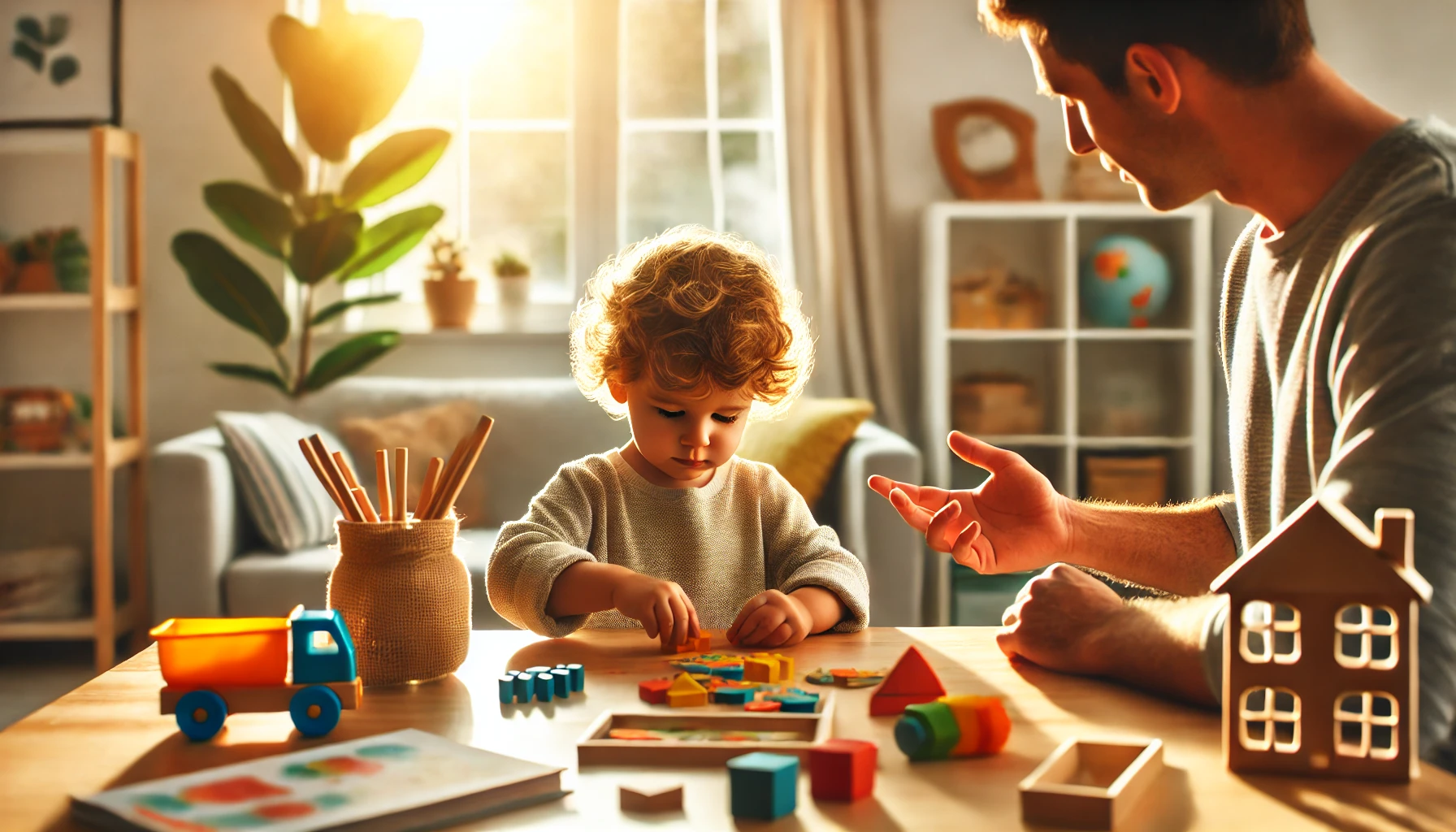How to Teach Young Children About Problem-Solving at Home
Problem-solving is a critical skill that helps children think independently, make good decisions, and handle challenges with confidence. Teaching young children how to analyze situations, explore solutions, and learn from mistakes prepares them for lifelong success. Parents can encourage problem-solving through play, discussions, and real-life experiences. In this article, we’ll explore practical ways to nurture problem-solving skills at home.
Why Teaching Problem-Solving is Important
- Encourages critical thinking – Helps children analyze situations and make informed choices.
- Builds independence – Allows kids to solve small challenges on their own.
- Enhances creativity – Encourages thinking outside the box for solutions.
- Reduces frustration – Teaches children how to manage setbacks and find alternatives.
- Prepares for real-life challenges – Strengthens resilience and adaptability.
1. Encourage Open-Ended Play
Unstructured play allows children to experiment and find creative solutions.
Activity Idea:
- Provide building blocks and challenge them to create a tower.
- Give them art supplies and encourage them to make something with no specific instructions.
- Set up pretend play scenarios where they solve daily life problems (e.g., opening a “store” or “fixing” a toy).
What Kids Learn:
- Independent thinking and decision-making
- Creativity in approaching challenges
- The ability to try different solutions
2. Teach Problem-Solving Through Storytelling
Stories help children understand how others approach challenges and solutions.
Activity Idea:
- Read books where characters face and solve problems (e.g., The Most Magnificent Thing by Ashley Spires).
- Pause while reading and ask, “What do you think the character should do next?”
- Encourage children to come up with alternative endings to stories.
What Kids Learn:
- How to analyze situations logically
- The connection between actions and consequences
- The ability to think ahead and consider different outcomes
3. Use Puzzles and Strategy Games
Games that require thinking and planning strengthen problem-solving abilities.
Activity Idea:
- Offer age-appropriate puzzles to encourage logical thinking.
- Play board games like chess, tic-tac-toe, or memory matching.
- Try scavenger hunts where children solve clues to find hidden objects.
What Kids Learn:
- Logical reasoning and spatial awareness
- The importance of patience in solving problems
- Strategic thinking and planning
4. Encourage “What If?” Questions
Asking open-ended questions helps children develop critical thinking skills.
Activity Idea:
- Ask, “What would you do if you couldn’t find your favorite toy?”
- Play “What if?” scenarios: “What if it started raining while we were at the park?”
- Encourage children to come up with multiple solutions to a problem.
What Kids Learn:
- How to evaluate different solutions
- Decision-making skills
- Thinking creatively under different circumstances
5. Let Children Solve Small Problems Independently
Allowing kids to find solutions on their own builds confidence and resilience.
Activity Idea:
- If a child struggles with a toy, encourage them to figure out how to fix it instead of immediately helping.
- If they forget something, ask, “What can we do to remember next time?”
- Guide them to find solutions when disagreements arise with siblings or friends.
What Kids Learn:
- Persistence and perseverance
- The importance of trial and error
- Confidence in their ability to solve problems
6. Teach the Step-by-Step Approach to Problem-Solving
Breaking problems into steps helps children approach them logically.
Activity Idea:
- Introduce a four-step problem-solving method:
- Identify the problem
- Think of possible solutions
- Try a solution
- Evaluate the result
- Practice this method with everyday situations like cleaning up a mess or choosing what to wear for the weather.
What Kids Learn:
- How to stay calm and think through challenges
- Practical steps for finding solutions
- The ability to assess what works and what doesn’t
7. Role-Play Conflict Resolution
Practicing real-life scenarios helps children handle social and emotional challenges.
Activity Idea:
- Act out situations where one child wants a toy that another is using and discuss different ways to solve the problem.
- Practice polite ways to express frustration: “Can I have a turn when you’re done?”
- Encourage children to suggest peaceful ways to handle conflicts.
What Kids Learn:
- Communication and negotiation skills
- How to handle disagreements with patience
- The importance of empathy in problem-solving
8. Praise Effort and Persistence
Encouraging children when they try, even if they fail, helps build resilience.
Activity Idea:
- Say, “I love how you tried different ways to build that tower!”
- If they struggle with a task, remind them, “It’s okay! Let’s try another way.”
- Celebrate small successes to boost confidence.
What Kids Learn:
- The value of persistence
- A positive attitude toward challenges
- Confidence in their problem-solving abilities
Final Thoughts
Teaching young children about problem-solving helps them develop independence, critical thinking, and creativity. By encouraging open-ended play, storytelling, hands-on challenges, and real-life problem-solving opportunities, parents can nurture a child’s ability to handle difficulties with confidence and resilience.
